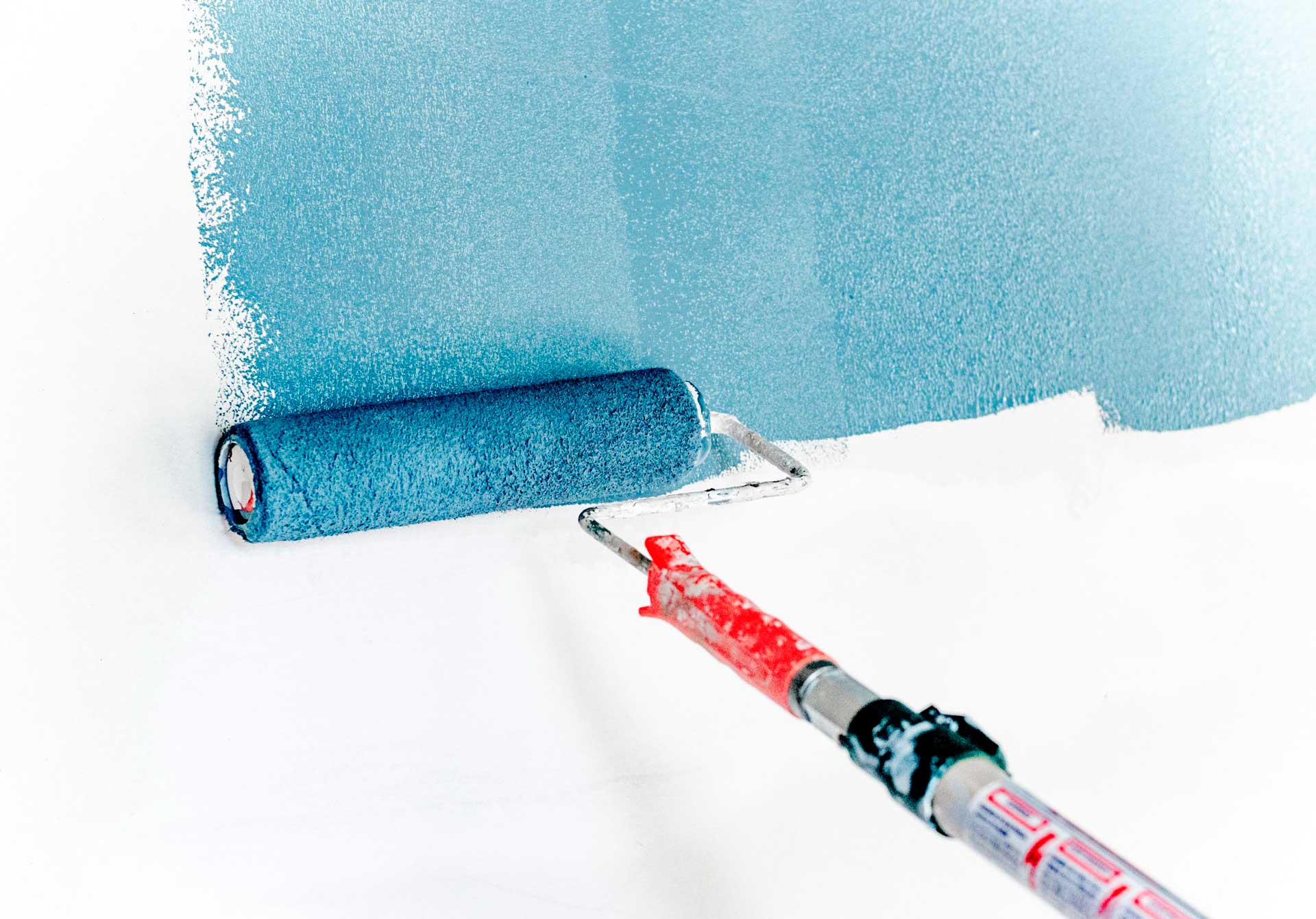Indoor air pollution can lead to various physical symptoms — some may even be lethal to employees’ health. Business-wise, the effects of poor air quality inside your office can result in poor productivity and absenteeism. It’s the organization’s responsibility to provide a safe workplace to workers, and removing air hazards is one of them. Find out the various dangers in the workplace and learn how to curtail them.
1. Carbon Dioxide (CO2)

CO2 is an invisible gas that people exhale. Since it’s a product of a normal human respiration process, it’s always present indoors. Besides humans, printers, computers, and other office equipment can also release this odorless and colorless gas.
Carbon dioxide is non-toxic but can cause headaches in high concentrations of 2,500-5,000 parts per million (ppm). Fortunately, it’s unusual to get this level of ppm indoors, but the presence of this gas impacts employees’ health.
Higher amounts of CO2 indicate inadequate ventilation and fresh air in the vicinity. Where there’s not enough fresh air around, employees feel weary and tired, leading to poor productivity. The company must install heating and cooling systems to restore fresh air and replace stale air inside the building.
2. Carbon Monoxide (CO) and Other Combustion Products
Companies using diesel, propane, and other combustion products indoors are at risk of gas poisoning. CO is undetectable in the air, so you won’t know you’re affected by it until you experience symptoms of poisoning, such as the flu. Other CO sources are gas or kerosene-operated equipment, like stoves and ovens.
CO poisoning is a serious health concern. Every year, around 400 people die from exposure, and they’re initially unaware of the cause. To prevent worse situations, industrial organizations using combustion products must install a CO detector that alarms when it detects high concentrations of such gas indoors so employees can take action.
3. Nitrogen Dioxide (NO2)
Nitrogen dioxide is another toxic reddish-brown gas. It may come from using a 3D printer, welding, or combustion appliances.
Exposure to such gas is hazardous. It can irritate the skin and cause possible eye damage. When inhaled, it can incite respiratory problems, such as shortness of breath and coughing. Higher levels inside the body can lead to death.
Safety measures to minimize exposure for welding employees is to wear protective clothing, like respirators. Installing a local exhaust can remove NO2 indoors and release it outdoors. When exposed, wash the exposed area instantly and thoroughly.
4. Volatile Organic Compounds (VOCs)

VOCs can come from products you often use, such as aerosol sprays, disinfectants, air fresheners, and paints. These everyday household things emit compounds that may have short- and long-term negatives on employees’ health.
Examples of immediate effects are nose irritation, headaches, and nausea. Breathing these gasses from paint or aerosol sprays may also harm the liver, kidneys, and brain.
You can lower your incidence of exposure by increasing the ventilation in your workplace. Open windows to recirculate air. Proper storage is also crucial after using these products. Set a separate and well-aired area for safety keeping. Lastly, limit the products you buy to what you can use immediately. You can dispose of the containers right after use.
5. Particulate Matter (PM)
PM is a combination of dust, liquids, and dirt that stay in the air and is common in industrial companies. They’re between 2.5-10 micrometers in diameter and practically invisible to the eyes. They can be man-made or from nature, including volcanic ash, black carbon from wildfires, and pollen.
Inhaling these particles can increase your risk for cardiovascular and respiratory diseases. Potential health effects may irritate various senses, lead to allergies, and worsen asthma and other pulmonary disorders. Overexposure to PM results in 253 early deaths per million.
The PM mostly comes from outside the building. When the HVAC system replaces the indoor air, some particles can be carried in and trapped. You can monitor the PM level in the office by using a sensor that can count suspended particles. When it reads high, it may be because the HVAC system isn’t filtering the particles properly. In this case, you may upgrade the HVAC filters.
6. Biological Contaminants
Biological contaminants are often derived from pollens, dust, bacteria, and viruses carried by employees as they come into the office. Many of these air impurities are found in restaurants or work areas with high moisture or water level.
These contaminants are small enough to be inhaled and can trigger allergies and asthma. It’s also possible to get infected with chicken pox or measles from the virus in the air. Molds and dust from carpets can also cause sneezing, coughing, and shortness of breath.
The easiest way to minimize biological contaminants is to maintain cleanliness in the workplace. Make sure damp areas are dry to eliminate molds. Moreover, a well-functioning ventilation system is vital. You can depend on it to displace indoor pollutants and nurture a productive and healthy work environment for employees.
Many workplaces ban indoor cigarette smoking, but others may allow e-cigarettes and vape pens. Using these devices degrades indoor air quality and gives rise to health problems when inhaling secondhand smoke.
7. Vaping Products and Cigarette Smoke

Vapes and e-cigarettes are not risk-free alternatives to cigarette smoking since they release an aerosol containing ultrafine inhalable toxic particles. These substances include heavy metals, aldehydes, and nicotine.
Company leaders must remain strict with implementing a smoke-free workplace without exemptions to protect the general health of employees.
Maintain Indoor Air Quality by Curbing Pollutants
Preserving good indoor air quality boils down to decreasing the pollutants in the air. While you can do this in several ways, your first focus should be your HVAC system. It’s your first layer of defense against air impurities. Do routine maintenance to ensure it functions as intended. Check the filters and upgrade if necessary.
Your next step should center on prevention. Disallow all forms of smoking in the workplace and observe cleanliness. Dry damp areas and avoid providing a breeding ground for molds. Wear a protective suit and follow safety protocols when handling toxic chemicals.
Last, but not least, consider adding a Venta Air Purifier to your workplace and improve the indoor climate by removing up to 99.995% of the pollutants from indoor office air.

